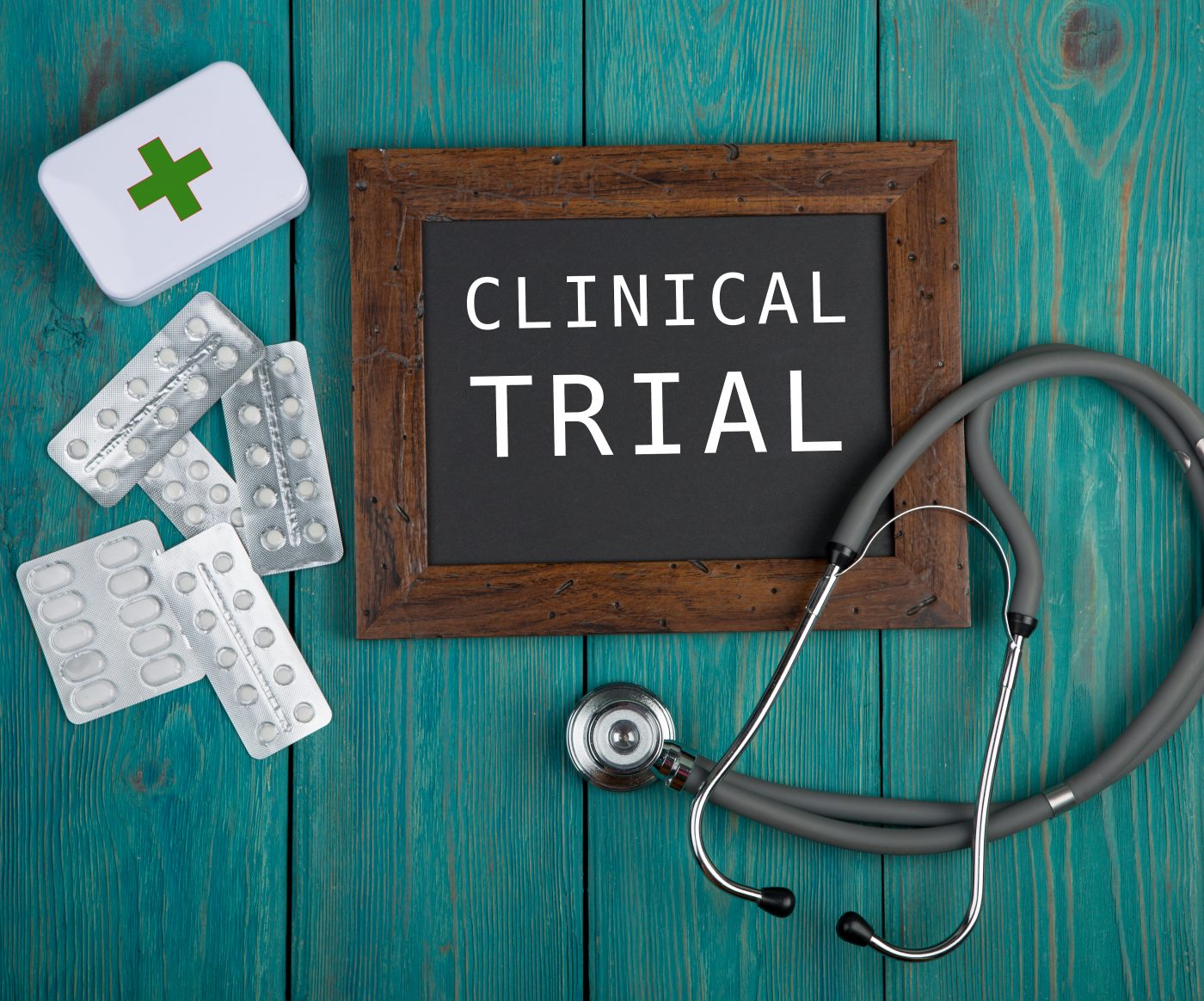Vamorolone Improves Muscle Function in DMD Boys, Phase 2a Trial Data Show
by |

Vamorolone (VBP15), an experimental treatment for Duchenne muscular dystrophy (DMD) developed by ReveraGen Biopharma, improves muscle function of DMD patients in a dose-dependent manner, data from a Phase 2a extension study shows.
The Phase 2b VISION-DMD (VBP15-004) trial (NCT03439670) for vamorolone is currently recruiting participants in countries around the world.
The trial’s findings were reported recently in the study, “Vamorolone trial in Duchenne muscular dystrophy shows dose-related improvement of muscle function,” published in the journal Neurology.
Vamolorone (VBP15) is an investigational steroid treatment that is being developed to slow DMD progression, and at the same time, lead to less severe side effects for patients than standard standard glucocorticoids. It has received the designations of orphan drug, fast track and rare pediatric disease from the U.S. Food and Drug Adminsitration (FDA).
A preclinical study showed that vamorolone had positive effects on both heart and muscle health in a mouse model of DMD, without the detrimental side effects that other steroid medications, such as prednisone, have on the body.
Following those promising results in animal models of the disease, ReveraGen launched a multicenter, randomized, double-blind, placebo-controlled Phase 1 trial, VBP15-001 (NCT02415439), to assess the safety and tolerability of vamorolone in a group of healthy volunteers.
The trial’s findings showed the prevalence of adverse side effects typically associated with corticosteroid use, including bone fragility, metabolic impairments, and immune system suppression, was lower when individuals were treated with vamorolone.
Now, the company has announced the findings of the six-month VBP15-003 extension study (NCT02760277) to the preceding open-label Phase 2a VBP15-002 trial (NCT02760264), designed to assess the safety and effectiveness of vamorolone in a group of 48 boys with DMD, 4 to 6 years old. Key findings from the extension study have shown that:
- When administered orally at daily doses of 0.25, 0.75, 2.0 and 6.0 mg/kg, vamorolone was safe and well-tolerated;
- After 12 and 24 weeks, boys treated with vamorolone showed dose- and time-dependent improvements in the primary goal of the trial — the speed at which they were able to stand from lying in a supine position (known as the time to stand test, or TTSTAND);
- The mean difference in change of speed of the TTSTAND from baseline to the end of the study period was significant when comparing boys who had been treated with the highest doses of vamorolone (2.0 and 6.0 mg/kg per day) to those who had been treated with the lowest dose (0.25 mg/kg per day);
- The mean difference in change of speed of the TTSTAND from baseline to week 24 was significant when comparing boys who had been treated with vamorolone at a dose of 2.0 mg/kg per day to a group of boys who did not receive treatment;
- Other secondary outcomes of motor function, including the time to run/walk 10 meters (11 yards), the time to climb stairs, the 6-minute walk test and the North Star Ambulatory Test, all showed a consistent pattern of dose-proportional improvement in all treatment groups;
- Boys who had been treated with the highest dose of vamorolone (6.0 mg/kg per day) showed significant improvements in the time to run/walk 10 meters and in the 6-minute walk test, compared to those who had been treated with the lowest dose (0.25 mg/kg per day);
- Biomarker analyses suggested that, unlike other corticosteroids, vamorolone did not reduce bone mass or compromised bone formation, adrenal function or insulin metabolism.
“The 6-month extension study in comparison to natural history study data demonstrated dose-dependent improvement in timed function tests. Vamorolone was reported to be safe and well tolerated up to the highest dose tested (6.0 mg/kg/day). Based on these data, vamorolone has potential to replace standard corticosteroids currently used in patients with DMD,” Eric Hoffman, PhD, CEO of ReveraGen, said in a press release.
All boys who completed the six-month extension study were given the option to continue treatment for an additional period of two years in a long-term extension protocol called VBP15-LTE (NCT03038399). The majority opted to continue treatment with vamorolone instead of switching to conventional corticosteroids.
Building on the promising findings from previous clinical trials, the company’s ongoing randomized, double-blind, placebo-controlled, Phase 2b VISION-DMD (VBP15-004) trial (NCT03439670) aims to assess the safety and effectiveness of vamorolone compared to prednisone and a placebo in a larger group of boys with DMD.
The trial is expected to enroll approximately 120 boys, 4 to 6 years old, who had never been treated with standard corticosteroids. Once enrolled, boys will be randomly distributed in four treatment groups: low dose vamorolone (2.0 mg/kg/day); high dose vamorolone (6.0 mg/kg/day); prednisone (0.75 mg/kg/day); or a placebo.
During the first 24 weeks of the study, the boys will receive treatment they have been assigned after randomization. After the initial treatment period has finished, boys in the prednisone and placebo groups will switch to vamorolone. During the second treatment period all boys will receive vamorolone for an additional 24 weeks.
That trial’s effectiveness goals will include the TTSTAND, and measures of muscle strength and endurance to assess motor function. Safety goals will include assessing body weight gain and the levels of metabolic and bone biomarkers.
The study is enrolling patients at approximately 30 sites across the U.S., Canada, Europe, Australia and Israel; more information is available here. It is expected to be completed in May 2020.







